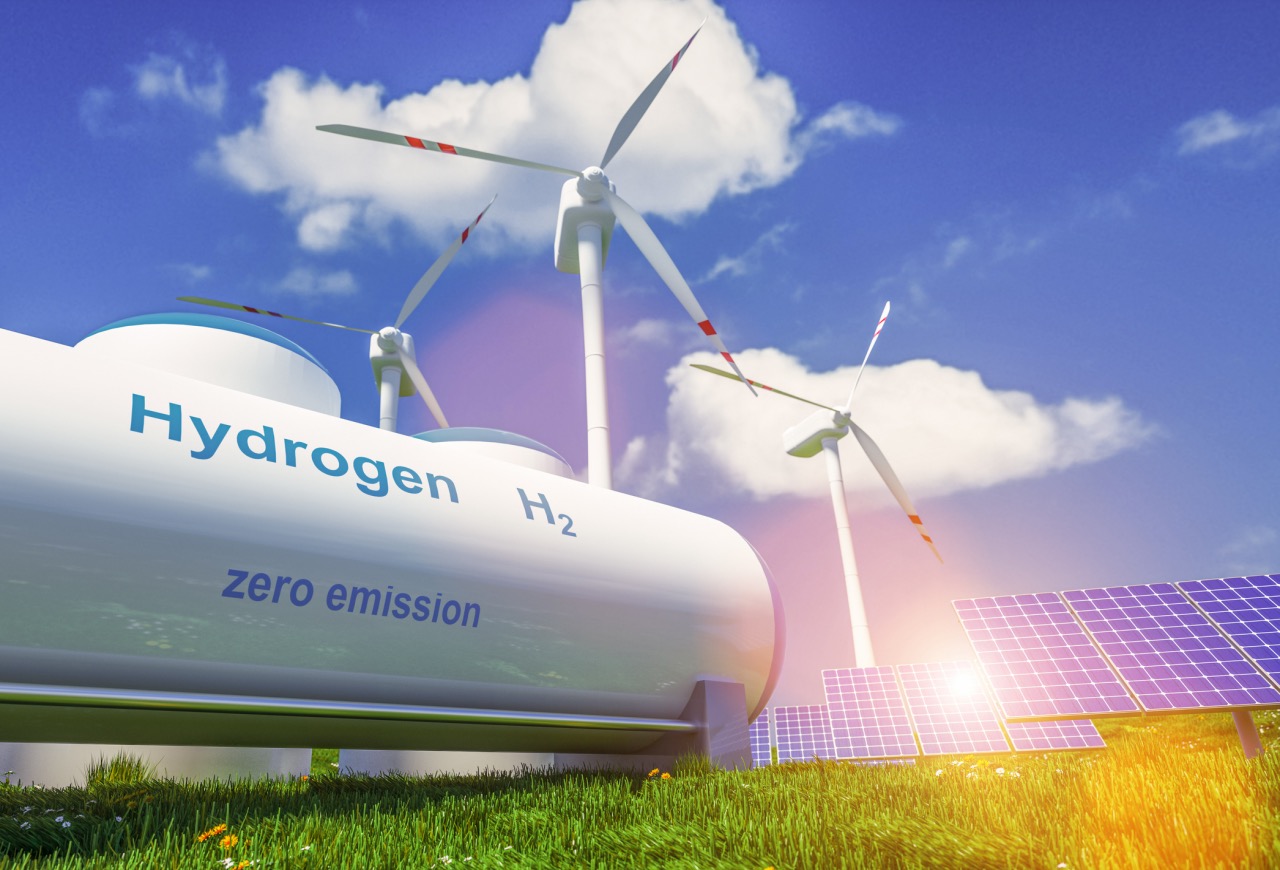Investors’ interest in gaining exposure to green hydrogen is accelerating, with most of the capital directed towards the technologies underpinning the sector. We talk to Foresight Group about the opportunities and challenges ahead

In brief
- Investments in the hydrogen sector are growing as Europe tries to decarbonise its economy and reduce dependence on Russian gas
- The bulk of the investments target the technologies needed to make green hydrogen cost-competitive
- Foresight and HydrogenOne signed agreement to invest at least £10m (€11.8 m) in Germany’s HH2E
Hydrogen has the potential to help decarbonise industries that cannot currently be electrified, like steel and chemicals, which require very high temperatures achieved usually by burning fossil fuels.
It can also be a cleaner energy source in some transport segments, replacing more polluting options in aviation and heavy-duty transportation. In addition, hydrogen can also be used to store energy.
It is not the first time hydrogen has received intense attention from policymakers and companies. In the 1970s, General Motors coined the concept of ‘hydrogen economy’. The first oil shock in 1973, and the second shock six years later, led experts to believe that hydrogen would replace fossil fuels. Still, previous attempts to use hydrogen as an alternative to oil failed, mainly because of a lack of investment, a decrease in oil prices and complexities.
Hydrogen is the most abundant chemical substance in the universe. However, it is combined with other elements which means it needs to be produced. Production is expensive and often not very environmentally friendly. Around 95% of hydrogen comes from fossil gas. As things stand today, hydrogen generates more emissions than simply burning coal and gas. Leakages of hydrogen are also a threat to the environment.
Institutions and companies are now taking the lead in making hydrogen greener, investing in several processes, the most promising of which being electrolysis – a technique that breaks water into oxygen and hydrogen gas.
The process is nothing new and relatively expensive but recent investment announcements in electrolysers and fuel cells – the systems that convert hydrogen and oxygen into electricity – are unprecedented. That bodes well for the nascent renewable hydrogen industry.
Funding technological development
Over the last few months, the reaction to the Russian invasion of Ukraine has further accelerated the interest in hydrogen. The European Commission sees hydrogen and renewable gases as two fitting instruments to reduce the bloc’s dependence on Russian gas, while decarbonising the European economy.
European investors are stepping in to endorse projects in Northern Europe to install electrolysers and produce hydrogen from wind power. The Mediterranean region is also attracting significant interest, with the use of solar energy to power the electrolysis.
More importantly, investors are directing capital to funding the technological development needed. The industry is still in its infancy and it is still years away from reaching maturity, scaling up niche technologies and reducing prices.
First and foremost, current investments are being directed to electrolysers – the systems performing the electrolysis process.

Together with energy investment fund HydrogenOne, Guernsey-based investment manager Foresight Group recently signed an agreement to invest at least £10m (€11.8m) in Germany’s HH2E, a start-up aiming to produce hydrogen via electrolysis through renewable electricity, or green hydrogen, in a cost-competitive way. Foresight will acquire a minority stake and the right to a board seat.
“We see hydrogen sitting alongside pure electricity generation as part of the overall system. Hydrogen has an important role to play in a net-zero energy system, but requires a significant amount of capital to deliver at the scale required,” Ricardo Piñeiro, partner and co-head of infrastructure at Foresight Group, tells Impact Investor.
Companies are bringing new electrolysers into the market but the entire value chain requires investment. “We are looking at a number of businesses in electrolyser technology and other elements of the value chain. Foresight has a long track record investing in technology and we see hydrogen as an area where development is expected,” Piñeiro comments.
Regional focus: Germany, UK
Regulatory stability is essential given the debacles of the 1970s and the current economic environment.
“Germany and the UK are currently of interest to us but we are also working on opportunities elsewhere in the world,” says Piñeiro.
If hydrogen production is currently expensive, transportation and storage are even more so. A stable regulatory framework will not be enough, as public support is needed to allow energy systems to accomodate hydrogen.
For instance, gas pipelines will have to be adapted to avoid leakage of hydrogen, whose molecule is smaller and potentially more corrosive than fossil gas. The technical challenge requires private investments and local know-how.
“We were attracted to HH2E by the strong support for hydrogen in Germany. It’s a large part of the energy transition plan with support and interest from both government and industry,” Piñeiro adds.
HH2E has identified a multi-billion and multi-gigawatt investment potential over several projects in Germany. HH2E’s first project will be at an industrial site, with plans to commission a facility in 2025 to supply on-site industrial customers.
This local focus is in line with other ongoing projects, like plans for hydrogen-powered steel plants in Sweden, and a hydrogen-focused energy community in Denmark.
Global efforts
Germany is one of the countries most dependant on Russian gas in the EU, and also one of the most criticised for its energy policies. In the wake of the Russian invasion of Ukraine, apart from significant energy investments nationally and attempts to increase energy ties with liquified natural gas (LNG) exporters, it also threw its political weight behind the RePowerEU package, the strategy presented in May by the European Commission to reduce the continent’s dependence on Russian gas.
The latest RePowerEU package increases all the 2030 renewable energy objectives, including the installed capacity of electrolysers, from the 44 GW proposed back in July last year, to 65 GW.
The European institutions are ready to use most of their funding options to support hydrogen investments. According to the European Commission, electrolysers will represent over 60% of the investment required to hit the hydrogen targets.
“We will look to invest in geographies with continued support for hydrogen at the political level, and with clear and constructive policies to help support production. We are encouraged by the EU’s ambition regarding green hydrogen and hope that this will flow through to meaningful policy,” says Piñeiro.
While Europe works on the implementation of this grand plan, Australia, Japan, South Korea and North America have also announced new investments in research activities and green hydrogen production facilities.
In late May, the Group of Seven (G7) industrialised economies, under the German presidency, launched the G7 Hydrogen Action Pact.
The G7 intends to accelerate the development of low-carbon and renewable hydrogen, speeding up the shaping of regulatory frameworks and common standards, also in collaboration with other countries.






